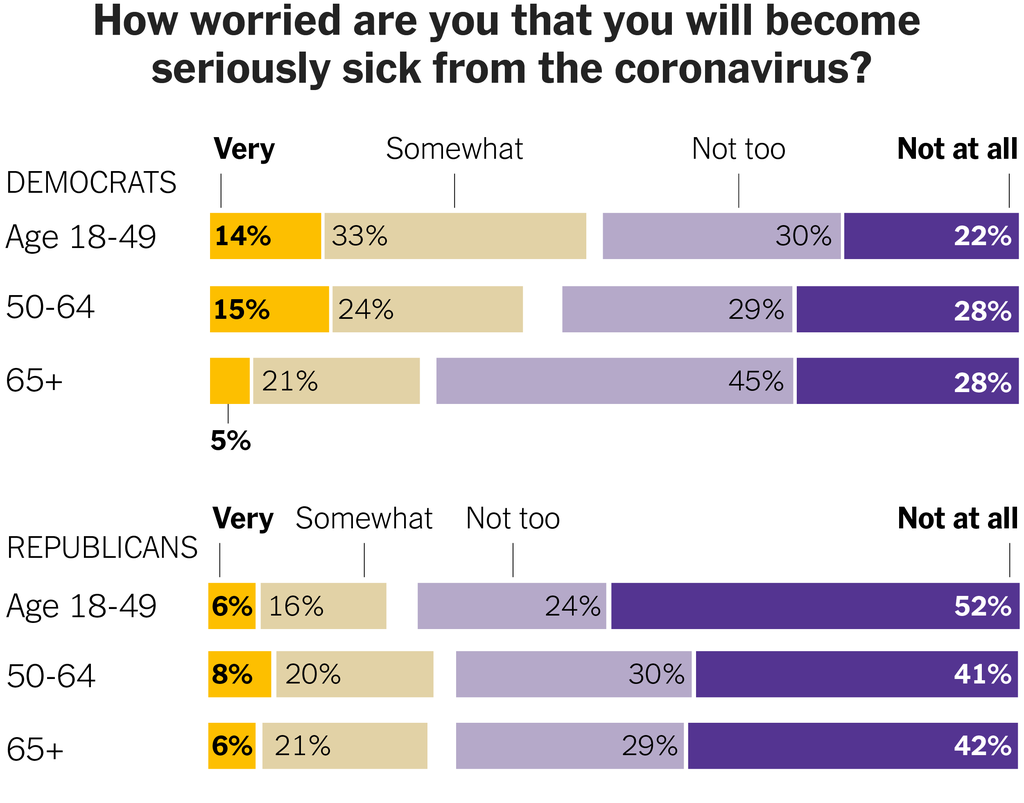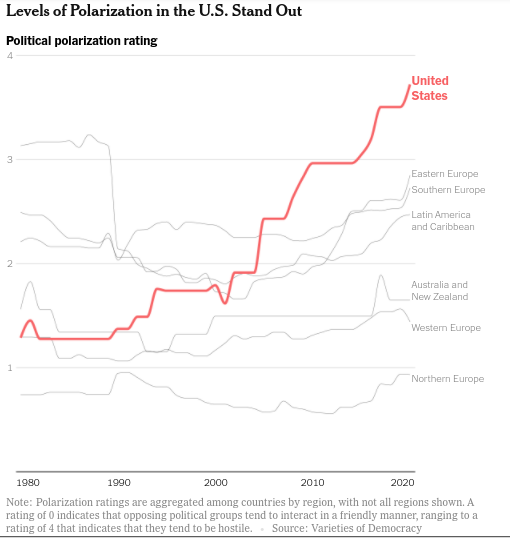We can all agree that the world, and in particular the United States, is going through an era of political turbulence that is unique to modern society. Highlighted by the pandemic, the political spectrum has become dramatically radicalized in the past two years and is affecting schools and students to an extent that has not been seen in decades.

As teenagers, we are subjected to the whims and ideas of the adults around us while discovering our own beliefs and paths for the future. This has proven quite challenging in an extremely polarized society which has denoted certain traits to each side of the political spectrum. In particular, masks and vaccination status has been at the forefront of debates that are highly present in schools and seem to be affecting students the most.
On both sides pro and anti, there has been an increase in hostility that seems indicative of the United States political divide rather than a debate on what benefits schools and their students. This is a trend that can be seen throughout the country and is most likely the spawn of consistent confusion with COVID regulations and their effectiveness. At this point in time, the majority of young people vaccinated and unvaccinated are not worried about dying or getting extremely sick from COVID. In fact, only 6% of young republicans and 14% of young democrats are very worried about getting very sick from COVID according to the New York Times. So if the majority of young people are not worried about getting seriously sick why has COVID become such a politicized issue in schools?
The answer lies in how teens interpret the world around them and how ideas learned from parents affect their views. According to the New York Times, “Ideology tends to shape Covid views, for a complex mix of often irrational reasons. The more liberal you are, the more worried about Covid you tend to be; the more conservative you are, the less worried you tend to be. Leonhardt, David. “The Power of Boosters.” The New York Times.” To an extent, the polarization among teenagers is like adults, it comes from us being uncertain about the future and clinging to familiar information we agree with. The difference between adults and teens is adolescents are at school which could be a helpful resource in battling polarization.

The classroom is often one of the few places where events can be discussed in a controlled setting because there is a level of respect that is required and expected of students. Something that might help teens navigate the politicized world is having a safe and respectful space to talk about differing opinions and views. Finding a medium of communication that is effective and respectful can help teens understand conflicting political beliefs and why people believe them.
It can be argued that many adults are set in their ways and are unwilling to change their views on the world because they’ve grown accustomed to their own thoughts. Unlike adults, teens, because they are constantly exposed to a variety of different ideas at school have the capacity to understand the world in ways adults are not willing to. In many ways, teens have more contemporary and less fixed mindsets about the world around them, mainly because they’re still learning about it.
At the end of the day, everyone is capable of finding middle ground and respecting the views of others. It is the action of listening and genuinely trying to understand others that requires practice. Practicing and enforcing the skills of listening and understanding would astronomically change the currently polarized world. The catch is, people have to be willing to take that challenge head-on, and that starts with younger generations leading by example.
